Understanding chemical bonds from "summary" of Chemistry for Pharmacy Students by Lutfun Nahar,Professor Satyajit D. Sarker
Chemical bonds are the forces that hold atoms together to form molecules. Understanding these bonds is crucial in pharmacy as it helps us comprehend the structure and properties of various drug compounds. There are three main types of chemical bonds: covalent, ionic, and metallic. Covalent bonds involve the sharing of electrons between atoms. This type of bond is strong and results in the formation of molecules. Covalent bonds can be polar or non-polar, depending on the electronegativity difference between the atoms involved. Polar covalent bonds have unequal sharing of electrons, leading to a partial positive and partial negative charge on the atoms. Non-polar covalent bonds, on the other hand, have equal sharing of electrons. Ionic bonds occur when electrons are transferred from one atom to another, resulting in the formation of ions. These ions are held together by electrostatic forces of attraction. Ionic bonds are generally weaker than covalent bonds but can still form stable compounds. Ionic compounds tend to dissociate into ions in aqueous solution, making them good conductors of electricity. Metallic bonds are found in metals and involve the delocalization of electrons throughout the metal lattice. This sharing of electrons allows metals to conduct electricity and heat well. The strength of metallic bonds contributes to the high melting and boiling points of metals. In pharmacy, understanding chemical bonds is essential for drug design and formulation. The type of bond present in a drug molecule can affect its stability, solubility, and bioavailability. For example, covalent bonds are strong and stable, making them suitable for drugs that require a long duration of action. Ionic bonds, on the other hand, can enhance the solubility of a drug in water, improving its bioavailability.- A thorough understanding of chemical bonds is fundamental in pharmacy as it enables pharmacists to predict the behavior of drug compounds and optimize their therapeutic effects. By knowing the type of bond present in a drug molecule, pharmacists can make informed decisions regarding drug formulation and administration.
Similar Posts
Build strong relationships
The importance of fostering strong relationships in business cannot be understated. It is through building and maintaining thes...
Mindfulness can improve relationships
Mindfulness, the practice of being fully present and engaged in the moment, can have a profound impact on our relationships. Wh...
Gibbs free energy determines whether a reaction is spontaneous
The Gibbs free energy is a crucial concept in determining whether a reaction is spontaneous or not. When we talk about spontane...
Transition metals exhibit variable oxidation states
Transition metals are a unique group of elements that exhibit a fascinating property known as variable oxidation states. Unlike...

Society's expectations can be suffocating
The weight of societal expectations presses down on our shoulders like a heavy yoke, dictating our every move and stifling our ...

